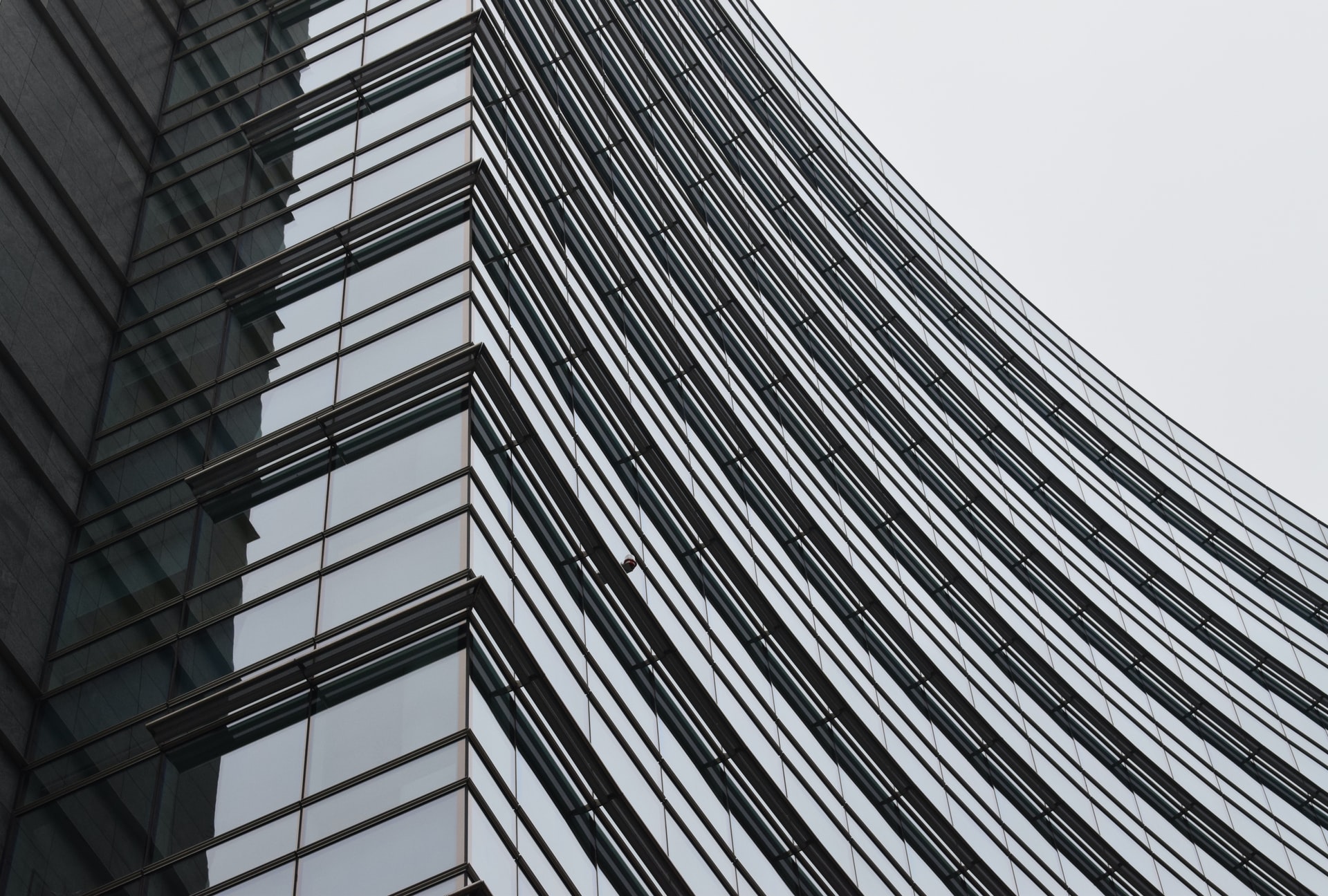
UV blocking window film becomes more prolific with every year that passes. As we witness our ozone layer deteriorating, protecting ourselves from harmful UV rays becomes more of a priority. Are you wondering how does UV film work? We have the answer.
First and foremost, regular glass does not reflect much heat. Instead, heat passes through glass. Furthermore, glass does not absorb much heat. Instead, heat from the sun passes through windows and doors into our interiors. Hence, the need for air conditioning in the warmer months.
Breaking down UV rays
In case you didn’t know, there are three types of UV rays: UV-A, UV-B, and UV-C. According to the FDA, “UVA rays have the longest wavelengths, followed by UV-B, and UV-C rays which have the shortest wavelengths. While UV-A and UV-B rays are transmitted through the atmosphere, all UV-C and some UV-B rays are absorbed by the earth’s ozone layer.” So, most of the UV rays you come in contact with are UV-A with a small amount of UV-B.
We all know that UV rays are credited as a leading cause of skin cancer. UV-B rays have a short wavelength that reaches the outer layer of your skin. UV-A rays have a longer wavelength that can penetrate the middle layer of your skin.
While your automobile windshield is treated with moderate protection from UV rays, the side windows in your car are not, and that is part of the reason people opt-in to window tint. Those inside an automobile are cooler with full window tint surrounding them. Now, let’s apply this knowledge to glass windows and doors.
How UV rays impact your interior
There are numerous reasons to protect your interior from the sun. Yes, sunshine does have its benefits. We need that Vitamin D for our overall health and well-being. But protection from UV-A is important. Moreover, we don’t need our interior spaces to feel like an oven or faded furnishings ruining our vibe.
Direct sunlight has the capability of heating the surface of materials through absorption well above the ambient air temperature. Even when the sun’s moved around and isn’t shining directly in, objects warmed by the sun (like houses, cars, and streets) can still re-radiate absorbed heat into your building or storefront.
Why UV blocking window film
With the right protective window film, those UV and infrared rays will simply be transmitted or reflected back out into the world. In fact, UV window film rejects 99.9% of UV rays. Other sun control window films will do the same, as well as reject 97% of IR rays. Thus, the interior of your building will be cooler and protected.
There is a nifty meter tool that can measure the interior temperature of a building with UV blocking window film and other sun control window films. This tool determines the temperature variance you are experiencing. As a consumer, this affords you insight into the results that you can expect both physically and monetarily from utilizing light filtering window film.
UV light blocking and sun control window film are considered top tier technology because they are so effective and are the best return on investment. In fact, they often pay for themselves in less than 3 years. Because applying protective window films to a structure, costs less than a third of replacing or upgrading windows, implementing UV and sun control window film is a wise choice.
Low-e films
Low-e or is designed specifically to reflect both UV rays and infrared light in the summer as well as keep heat ‘in’ during the winter. It lets in the natural sunlight but prevents the heat and UV radiation from entering your building or storefront. As a result, you get a cooler structure, as well as your furnishings are protected from UV exposure. It can also act as a form of insulation and keep your building warmer in the winter. Needless to say, it’s gaining popularity!
Additionally, increased temperatures within your home can and do shift your HVAC system into overdrive. You know what that means – your electric bill will be rude! If you watched the video above, you saw that UV window film on your windows or glass doors can reduce the temperature inside a structure by up to ten degrees.
Now think about how those ten degrees can affect your quality of life. If carbon neutrality is a priority for you, then utilizing UV or other sunblock window film options just makes smart sense. Watch our video on just how impactful UV-blocking window film can be.
Photo by Chris Barbalis on Unsplash


